Photography and Social Justice
- Author Michael Elliott
- Published September 30, 2023
- Word count 1,921
How Photographers Can Raise Awareness and Inspire Action for a Better World
Photography is not only a form of art, but also a form of activism. Photographers have the power to document and expose social issues, such as human rights, environmental problems, poverty, and inequality. They can also use their images to advocate for change, challenge stereotypes, and empower marginalized communities. In this essay, I will discuss the role and responsibility of photographers in promoting social justice, and showcase some examples of powerful and impactful photography projects that have made a difference in society.
More Photography Essays:
Street Photography in the 21st Century: Balancing Ease and Difficulty Amidst Modern Challenges
The Enduring Allure of Film Photography in the Digital Age
Why Medium Format Film Photography is Still Better than Digital
The Role and Responsibility of Photographers in Promoting Social Justice
Photographers have a unique opportunity and duty to use their cameras as tools for social justice. They can capture the realities and stories of people and places that are often ignored, oppressed, or misrepresented by the mainstream media. They can also create visual narratives that educate, inform, and inspire the public to take action on the issues that matter.
However, photographers also face ethical dilemmas and challenges when dealing with sensitive and complex topics. They have to balance their artistic vision with their social responsibility. They have to respect the dignity, privacy, and consent of their subjects. They have to avoid sensationalism, exploitation, and manipulation of their images. They have to be aware of their own biases, perspectives, and privileges. They have to be accountable for the impact and consequences of their work.
Therefore, photographers who engage in social justice work need to follow some principles and guidelines that ensure their integrity and professionalism. Some of these principles are:
-
Do no harm: Photographers should not cause or contribute to any harm or suffering to their subjects or communities. They should avoid exposing them to any risks or dangers that could jeopardize their safety, security, or well-being. They should also refrain from using any images that could incite violence, hatred, or discrimination.
-
Be truthful: Photographers should not alter or fabricate any facts or details in their images or captions. They should not misrepresent or distort the context or meaning of their images. They should also acknowledge any limitations or uncertainties in their information or sources.
-
Be respectful: Photographers should respect the rights, wishes, and cultures of their subjects and communities. They should obtain informed consent from their subjects before taking or using their images. They should also give them a voice and a choice in how they are portrayed and represented.
-
Be transparent: Photographers should disclose any affiliations, interests, or agendas that could influence or affect their work. They should also reveal any methods, techniques, or processes that they use to create or edit their images. They should also provide accurate and relevant information about their images and sources.
-
Be accountable: Photographers should take responsibility for the quality and impact of their work. They should also seek feedback and criticism from their peers, subjects, communities, and audiences. They should also correct any errors or mistakes that they make in their work.
By following these principles, photographers can ensure that their work is ethical, credible, and respectful. They can also enhance their credibility and trustworthiness as social justice advocates.
If you're enjoying this, please do consider subscribing to my weekly newsletter. It has lots more blog articles, photo features and more.
Examples of Powerful and Impactful Photography Projects for Social Justice
There are many examples of photography projects that have used images to raise awareness and inspire action for social justice causes:
The 1955 Family of Man Exhibition
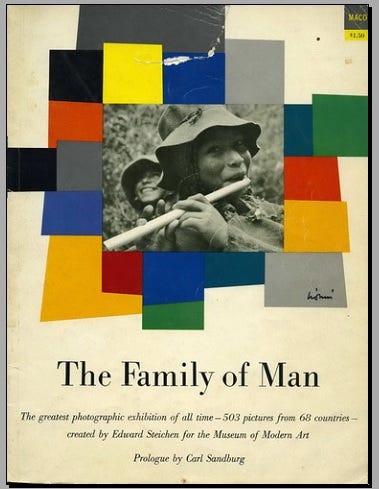
This was a landmark exhibition curated by Edward Steichen at the Museum of Modern Art in New York. It featured 503 photographs from 68 countries that depicted the universal aspects of human life, such as birth, love, work, death, etc. The exhibition aimed to promote peace and understanding among nations after World War II.
The 1968 Earthrise Photo
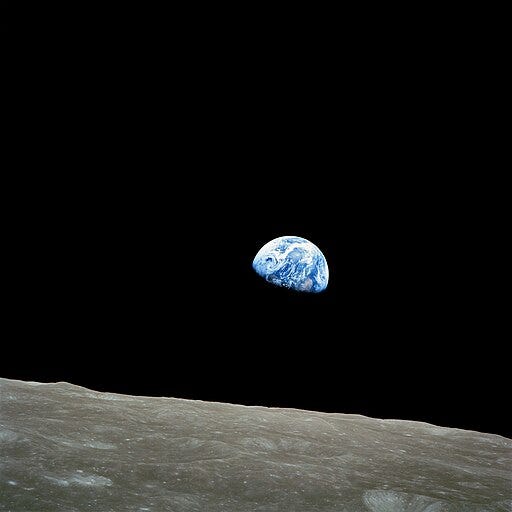
Taken by astronaut William Anders during the Apollo 8 mission, this photograph showed the Earth rising over the lunar horizon for the first time in human history. The photo had a profound impact on the environmental movement, as it showed the fragility and beauty of our planet.
The 1972 Napalm Girl Photo
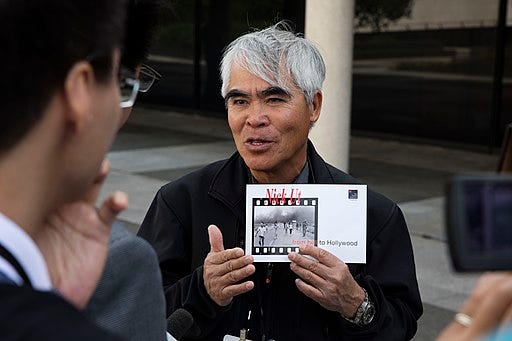
Nick Ut captured this image during the Vietnam War. It showed a nine-year-old girl named Kim Phuc running naked and screaming after being burned by napalm bombs. The photo shocked the world and helped turn public opinion against the war.
The 1984 Famine in Ethiopia Photos
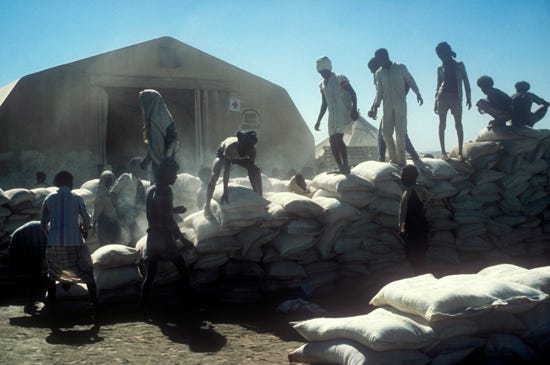
The famine in Ethiopia killed over one million people. These photos showed the horrific conditions and suffering of the starving people, especially children. The photos sparked a global humanitarian response that raised millions of dollars for relief efforts.
The 1994 Rwandan Genocide Photos
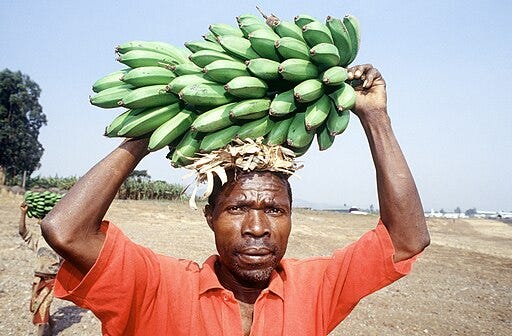
Many photographers captured the horrors of the genocide in Rwanda that killed over 800,000 people, and they show the brutality and horror of the mass killings, as well as the resilience and dignity of the survivors. The photos also exposed the failure and indifference of the international community to prevent or stop the genocide.
The 2014 Humans of New York Project
This was a project started by Brandon Stanton, who photographed and interviewed thousands of people in New York City. He shared their stories and portraits on his blog and social media platforms. The project aimed to celebrate the diversity and humanity of the city, as well as to create a global community of empathy and compassion.
The 2015 Refugee Crisis Photos
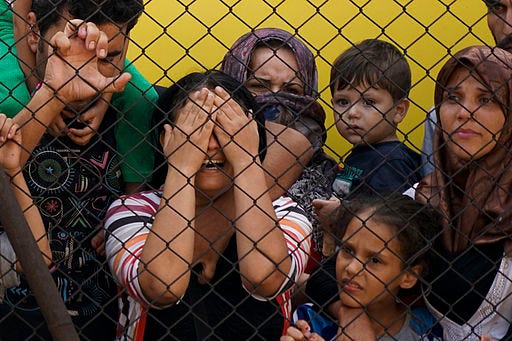
A wide variety of photographers captured images during the refugee crisis that affected millions of people fleeing from war, violence, and persecution in their countries. The photos showed the hardships and dangers that the refugees faced, as well as the kindness and solidarity that they received from some host countries. The photos also challenged the stereotypes and prejudices that some people had towards refugees.
The 2016 Standing Rock Protest Photos
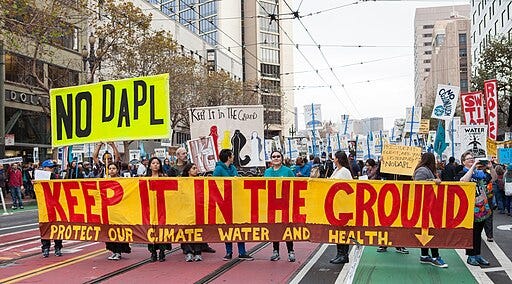
The protest against the Dakota Access Pipeline in North Dakota was documented by many people, and the photos they shot show the resistance and solidarity of the Native American tribes and their allies, who opposed the pipeline for threatening their water, land, and culture. The photos also highlighted the environmental and social justice issues that the pipeline raised.
The 2017 Women's March Photos
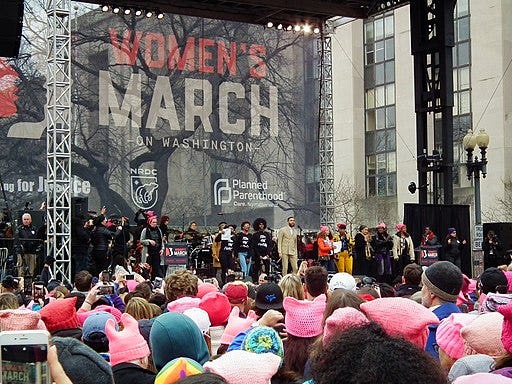
Taken during the Women's March that took place in various cities around the world, these powerful images show the diversity and strength of the women who participated, who demanded equal rights, respect, and justice for themselves and others. The photos also inspired more women to get involved in politics and activism.
The 2018 Black Lives Matter Protest Photos
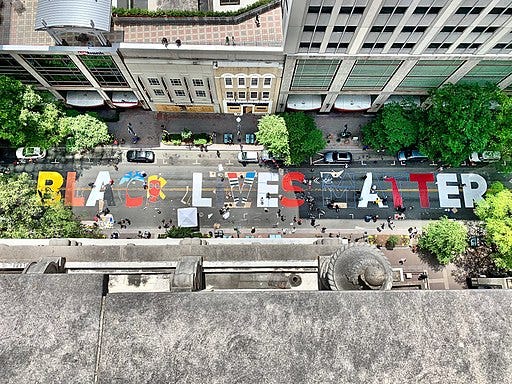
Police brutality and racial injustice in the United States flared in 2018 with the death of George Floyd lighting the touchpaper. These pictures capture the anger and pain of the black community, who demanded justice for the victims of police violence, such as George Floyd, Breonna Taylor, and others. The photos also sparked a global movement for racial equality and human rights.
The 2019 Hong Kong Protest Photos
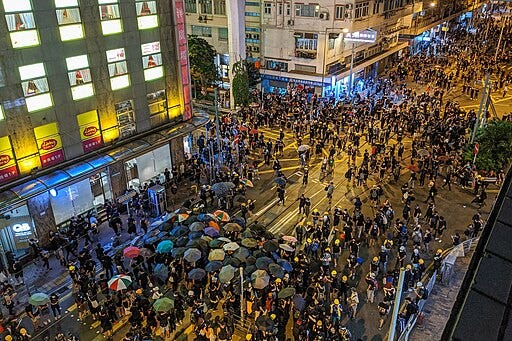
Images that were taken during the protest against the extradition bill and other political issues in Hong Kong depict the courage and creativity of the protesters, who used various tactics and symbols to express their demands for democracy and freedom. The photos also exposed the violence and repression that they faced from the authorities.
The 2020 COVID-19 Pandemic Photos

The pandemic that has affected millions of people around the world had a massive impact and these photographs taken by a huge variety of people document the challenges that the pandemic has caused, such as health, economic, social, and psychological crises. The photos also show the resilience and hope that people have shown, such as frontline workers, volunteers, innovators, etc.
These are just some examples of photography projects that have used images to raise awareness and inspire action for social justice causes. There are many more examples that can be found online or in books or magazines.
Conclusion
Photography is a powerful medium for social justice. It can document and expose social issues, advocate for change, challenge stereotypes, empower marginalized communities, educate and inform public opinion, inspire action and solidarity, create visual narratives, celebrate diversity and humanity, reveal hidden wonders, capture moments of history, etc.
However, photography also comes with ethical dilemmas and challenges. Photographers need to follow some principles and guidelines that ensure their integrity and professionalism. They need to do no harm, be truthful, be respectful, be transparent, be accountable.
By doing so, photographers can use their cameras as tools for social justice. They can make a difference in society with their images.
If you want to learn more about photography and social justice, you can check out these sources:
You can follow Michael Elliott on:
-
MichaelElliottPhotographer on Facebook
-
MichaelEllio77 on Twitter
-
michaelelliottphotography on Mastodon
-
michaelelliottphotography on 500px
-
michaelelliottphotography on Flickr
-
mephotographer on Behance
If you enjoyed this, please do consider subscribing to my weekly newsletter. It has lots more blog articles, photo features and more.
Article source: https://articlebiz.comRate article
Article comments
There are no posted comments.
Related articles
- The Psychological Impacts of Bad Foot Odor
- Unlocking the Secrets of Optimal Nutrition for Growing Children.
- Immoral Guild Anime Encyclopedia (Futoku no Guild)
- Where to Watch One Piece Anime Online (Free and Paid Streams)
- Stillness in Form: Zen Gardens, Antique Indian Doors, and the Poetry of Rustic Wood
- Low-Carb Essentials: Pathways to Fat Reduction.
- Cabin Fever, Vintage Carved Biophilic Doors: A Quiet Luxury Statement
- 5 Best Places to Watch Haikyu Online (Free and Paid Streaming Sites)
- Curating the Transformative Entry: A Layered Narrative
- The Architectural Presence of Sculptural Antique Armoires
- Essential Nutrients for Optimal Heart Health.
- Company Registration in Serbia vs EU Countries: What Should an International Business Choose?
- 5 Best Places to Watch Bleach Online (Free and Paid Streaming Services)
- The Correct Mobile Suit Gundam Watch Order: UC Timeline & Release Date Order
- 5 Places to Watch A Silent Voice Online (Koe no Katachi)
- 5 Best Places to Watch Fullmetal Alchemist (Free and Paid Streaming Services)
- Laid-Back Anime Locations: Yamanashi Prefecture
- Akira Famicom Japanese Game: What’s In The Box? – Product Details & Images
- Fact Check: Japan Breeding Visa
- Why your Business needs a Facilities Management Company that Offers a Premium Service
- The Rise Of Lithium: How Lithium-Ion Batteries Are Powering Our Future
- How Often Should You Get A Full Or Interim Car Service? Understanding The Timing For Each
- The Silent Epidemic: Confronting the Complex Crisis of Child Obesity.
- Property Easement: Do you Know Payment responsibilities in it?
- Unlock Lasting Weight Loss: The Power of Metabolic Stimulation.
- Artisan Edit: The Timeless Allure of Vintage Carved Furniture
- A World Through Doors: Antique, French, Spanish, and Colonial-Influenced Indian Designs
- Bringing Nature Indoors: Feature Walls and Artisan Doors as Healing Elements
- TIMELINE FOR SALVATION
- One Design, Two Lives: The Continuity of Law from Earth to Heaven
